The Civil Rights Movement: Key Events and Leaders

The Civil Rights Movement is one of the most pivotal chapters in American history. Stretching primarily from the mid-1950s to the late 1960s, it was more than a political struggle. The movement was a battle for dignity, equality, and justice in the face of entrenched racism. Fueled by grassroots activism, landmark legal battles, and the moral clarity of extraordinary leaders, the movement transformed the United States forever. To truly appreciate its impact, we need to explore the defining events, the courageous individuals who led the charge, and the lasting legacy they left behind.
The Roots of the Movement
Though the Civil Rights Movement is often associated with the 1950s and 1960s, its roots run much deeper. The abolitionist struggle against slavery, Reconstruction-era constitutional amendments, and early 20th-century fights against segregation all laid the groundwork.

The Great Migration, when millions of African Americans moved northward in the early 1900s, helped foster Black political power in cities like Chicago, Detroit, and New York. Organizations such as the NAACP (National Association for the Advancement of Colored People), founded in 1909, worked for decades through courts and advocacy to chip away at systemic discrimination.
But after World War II, momentum built rapidly. Black veterans who fought fascism abroad returned home unwilling to accept second-class citizenship. Coupled with the growing visibility of African American culture and the emerging power of television, conditions were ripe for a mass movement that could no longer be ignored.
Brown v. Board of Education: A Legal Turning Point
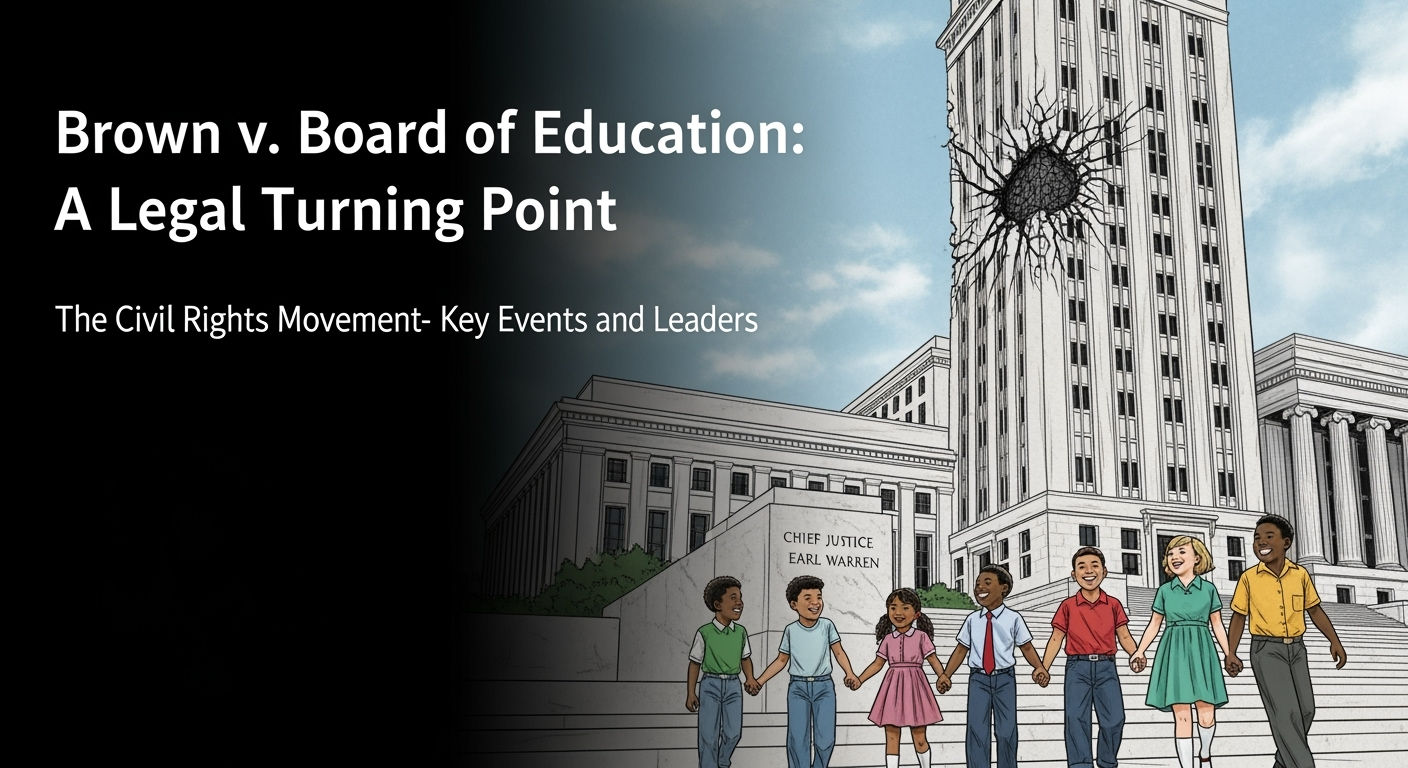
In 1954, the Supreme Court handed down its historic decision in Brown v. Board of Education of Topeka, declaring that racial segregation in public schools was unconstitutional. Chief Justice Earl Warren’s unanimous opinion struck at the heart of the “separate but equal” doctrine established in Plessy v. Ferguson (1896).
While the ruling didn’t desegregate schools overnight (it faced massive resistance across the South) it gave legal and moral weight to the growing civil rights struggle. It was a signal to activists that the Constitution could be a tool for justice, and it inspired both hope and backlash that would define the coming years.
Rosa Parks and the Montgomery Bus Boycott
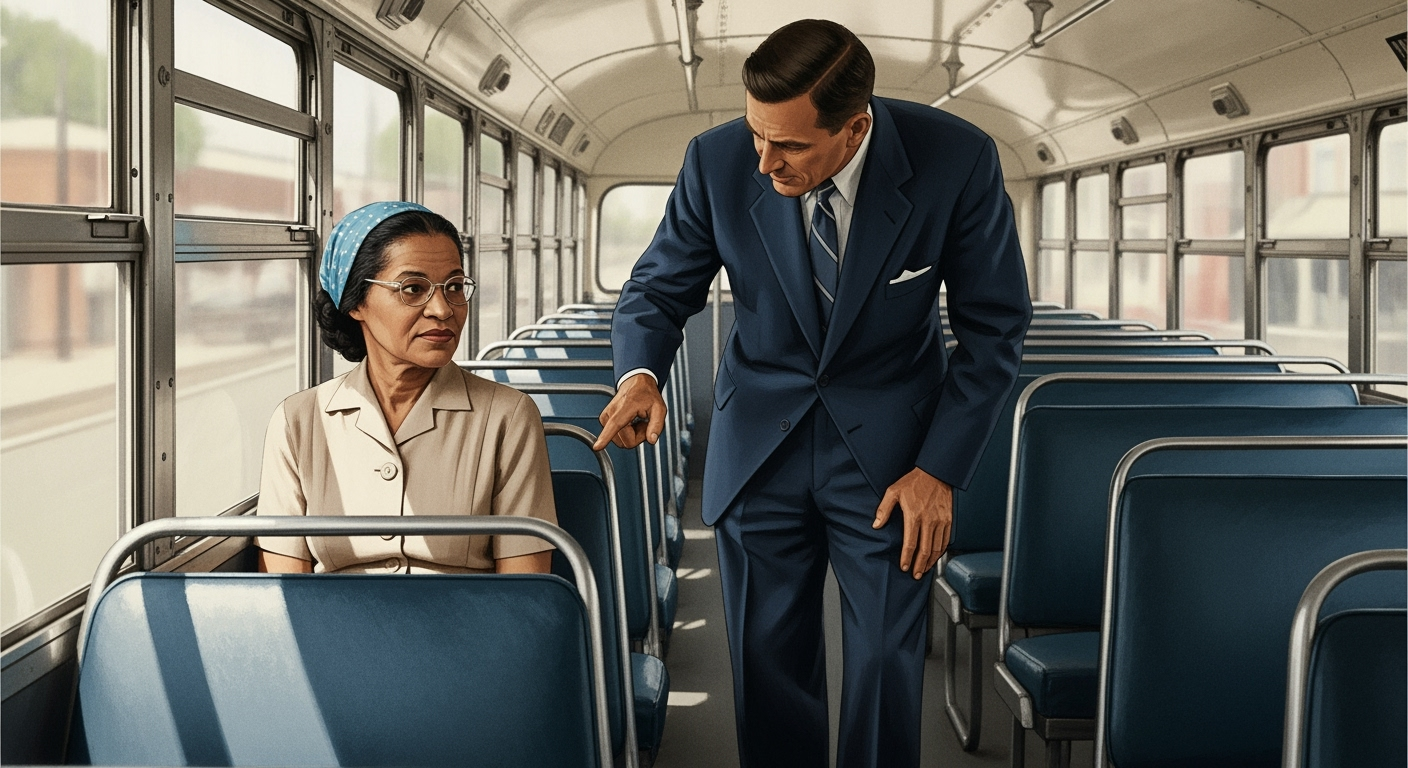
One of the most famous sparks of the movement came in Montgomery, Alabama, in 1955. Rosa Parks, a 42-year-old seamstress and NAACP activist, refused to give up her seat on a segregated bus. Her quiet act of defiance ignited the Montgomery Bus Boycott, a 381-day protest against segregated public transit.
The boycott not only crippled the city’s bus system but also catapulted a young Baptist minister named Martin Luther King Jr. into national prominence. His leadership, blending Christian theology with nonviolent resistance inspired by Mahatma Gandhi, would soon make him the face of the Civil Rights Movement.
Sit-Ins and Student Activism
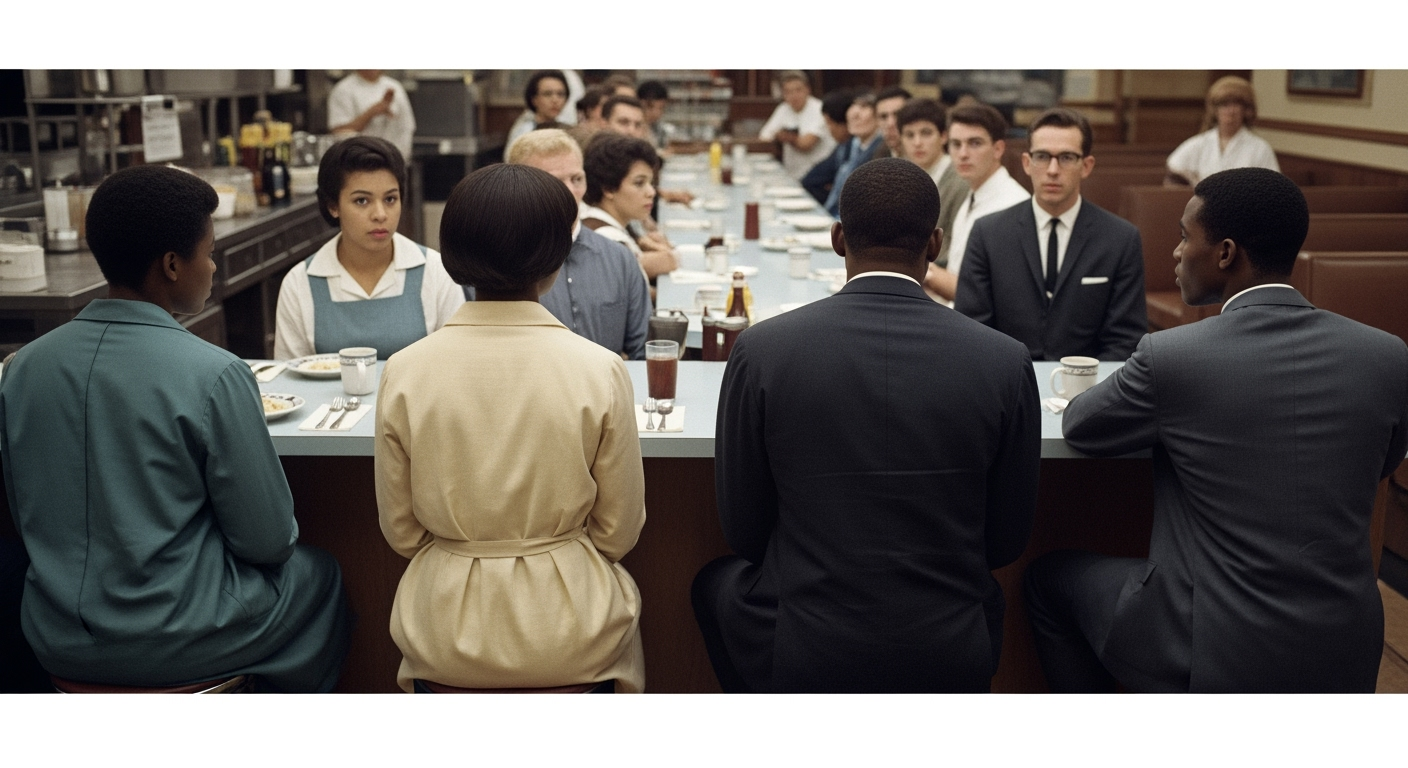
By 1960, young people were demanding a more active role. Four African American college students in Greensboro, North Carolina, staged a sit-in at a segregated Woolworth’s lunch counter. Their refusal to leave until they were served inspired a wave of sit-ins across the South.
From these protests emerged the Student Nonviolent Coordinating Committee (SNCC), a group that would play a critical role in voter registration drives, Freedom Rides, and grassroots organizing. SNCC embodied the energy and impatience of a new generation unwilling to wait quietly for change.
The Freedom Rides
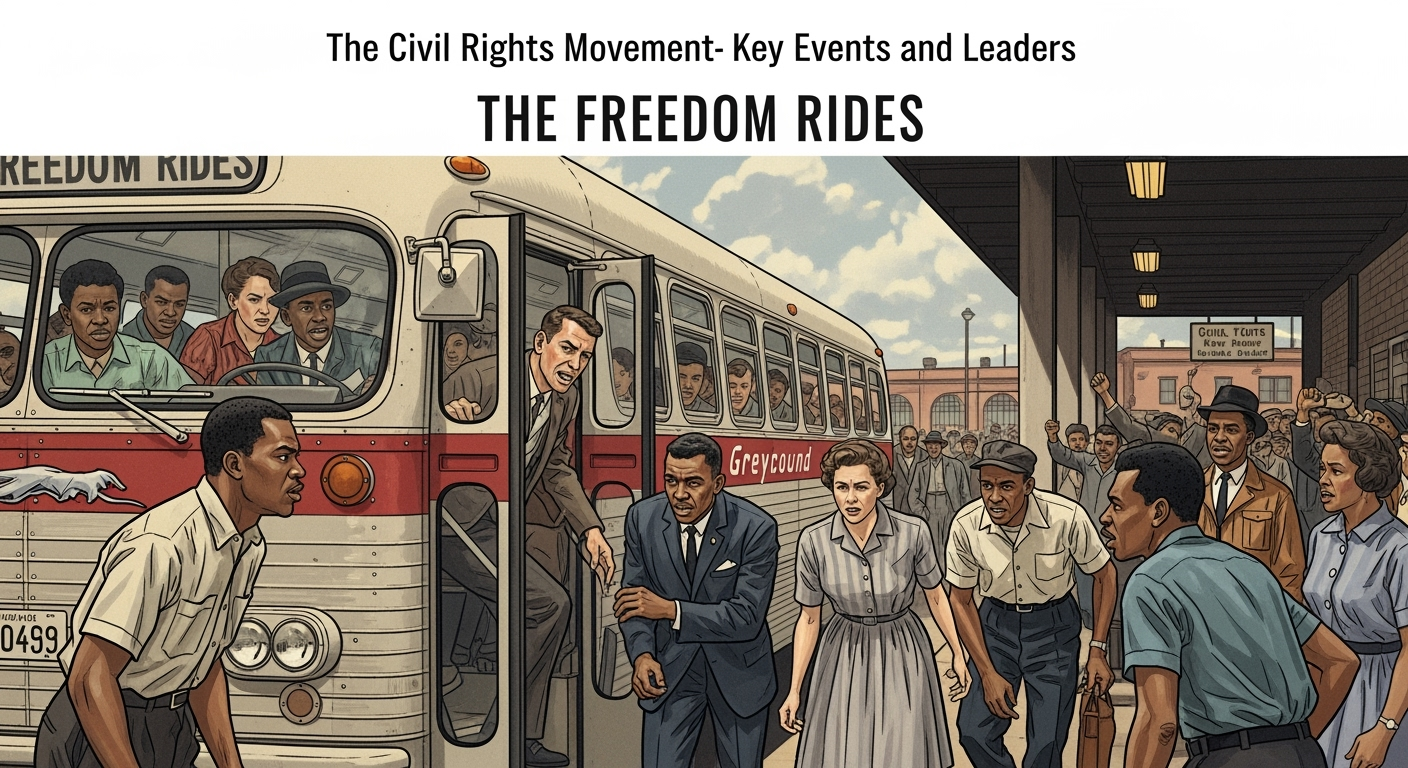
In 1961, the Freedom Rides tested federal laws banning segregation in interstate travel. Integrated groups of activists boarded buses heading south, challenging Jim Crow laws that still governed terminals and restrooms. Riders faced brutal beatings and firebombed buses, but their courage forced federal authorities to enforce desegregation.
Television coverage of white mobs attacking peaceful riders shocked the nation and the world, highlighting the brutality of segregation and the courage of those resisting it.
The March on Washington
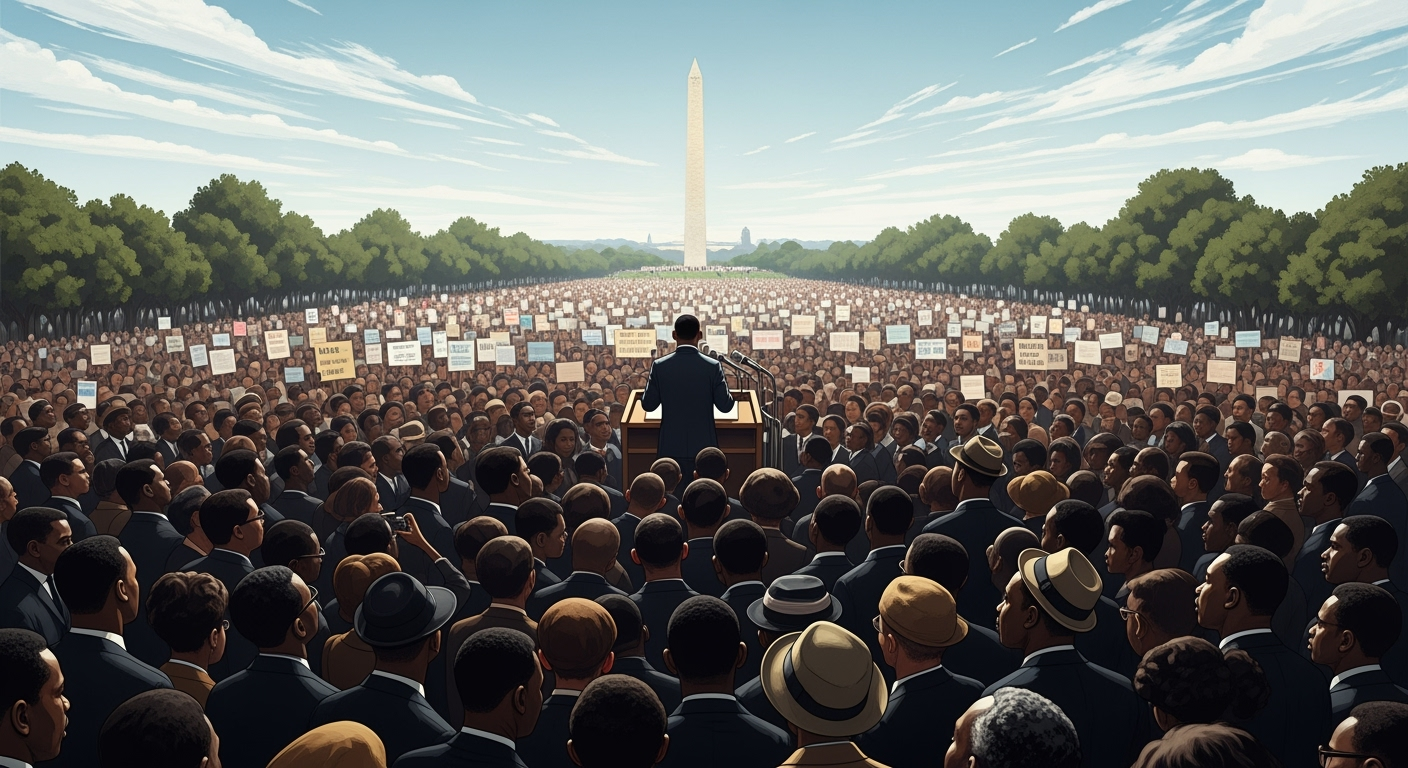
By 1963, the movement had grown into a national force. That summer, more than 250,000 people gathered at the Lincoln Memorial for the March on Washington for Jobs and Freedom. It was there that Martin Luther King Jr. delivered his legendary “I Have a Dream” speech, painting a vision of racial harmony and justice that still resonates today.
The march was not just about symbolism; it was a strategic push for meaningful legislation. Within a year, President Lyndon B. Johnson signed the Civil Rights Act of 1964, outlawing segregation in public spaces and banning employment discrimination.
Selma and the Voting Rights Act

Despite progress, barriers to voting remained severe in the South. Poll taxes, literacy tests, and intimidation kept millions of African Americans from the ballot box. In 1965, activists in Selma, Alabama, organized marches to demand voting rights.
On March 7, known as “Bloody Sunday,” state troopers brutally attacked marchers on the Edmund Pettus Bridge. Images of peaceful protestors beaten with clubs and tear gas stunned the nation. Two weeks later, King led thousands across the bridge in a victorious march to Montgomery.
The public outrage pushed Congress to pass the Voting Rights Act of 1965, one of the most powerful pieces of legislation in American history, prohibiting racial discrimination in voting.
Key Leaders of the Movement
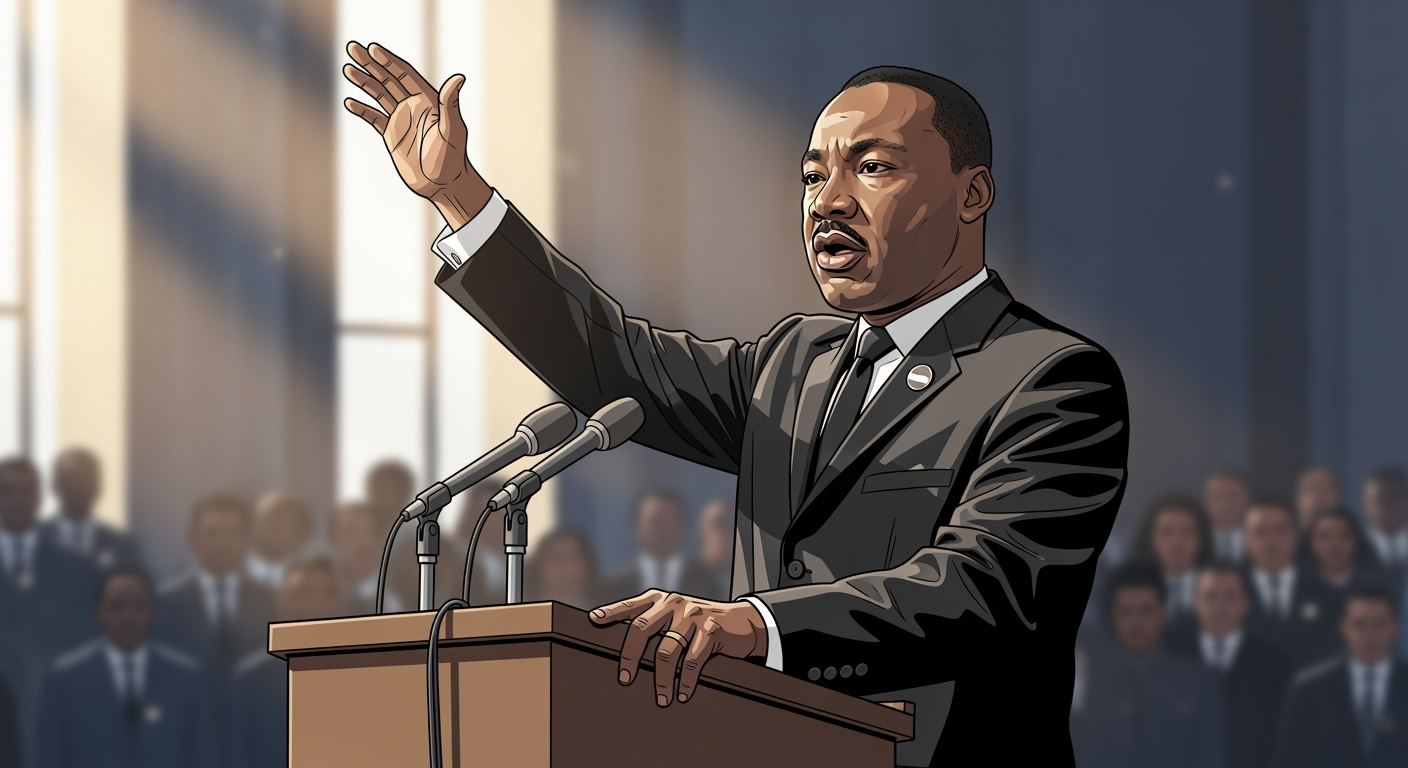
The Civil Rights Movement was not led by one person alone; it was a mosaic of leaders with different approaches and visions:
Martin Luther King Jr.: Advocated nonviolent protest and delivered speeches that gave moral clarity to the movement.
Rosa Parks: Her simple act of defiance made her the “Mother of the Civil Rights Movement.”
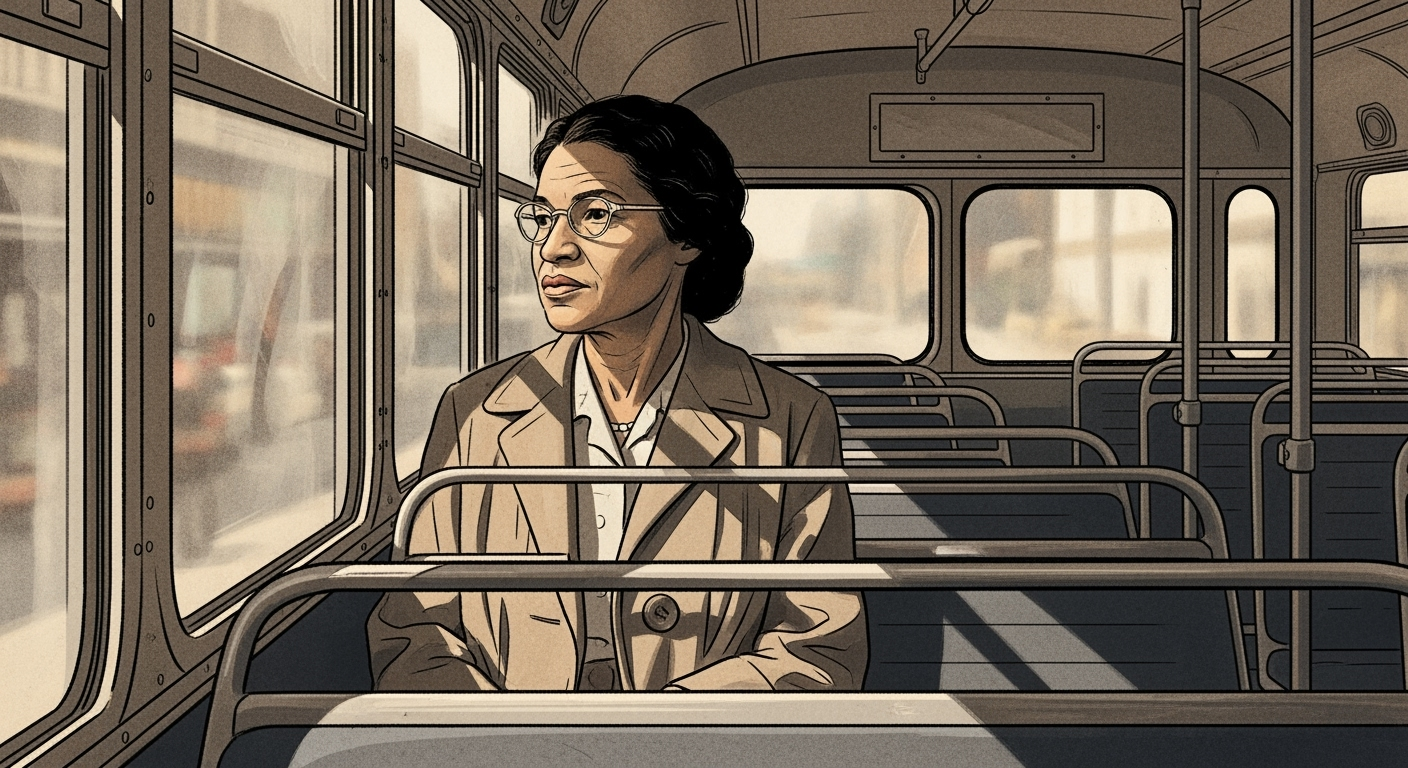
Malcolm X: A fiery orator and leader in the Nation of Islam, he emphasized Black pride, self-defense, and international human rights.
John Lewis: A SNCC leader who nearly lost his life on Bloody Sunday and later became a respected congressman.
Thurgood Marshall: As an NAACP lawyer, he argued Brown v. Board before becoming the first African American Supreme Court Justice.
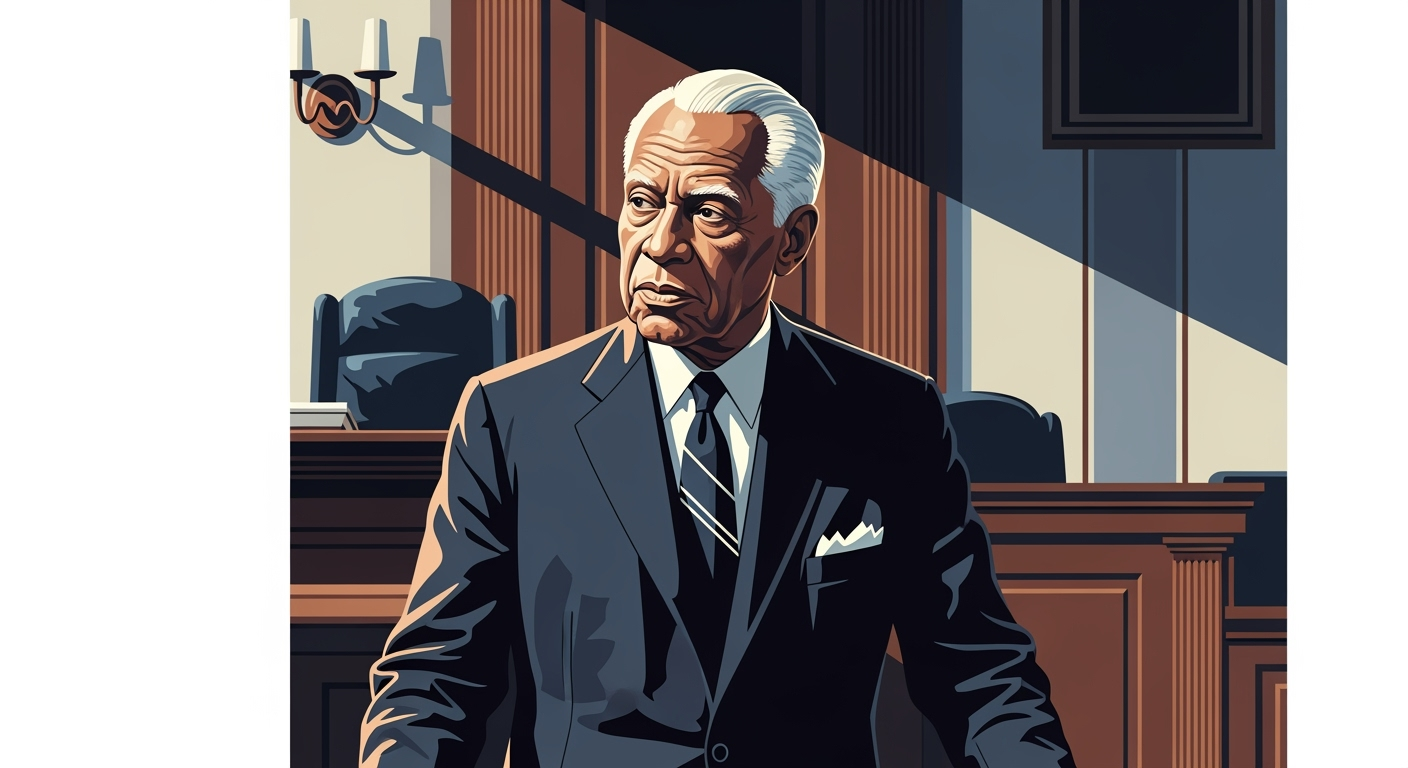
Fannie Lou Hamer: A sharecropper turned activist, she became a powerful voice for voting rights and grassroots empowerment.
Each brought unique strategies and philosophies, from King’s emphasis on integration and nonviolence to Malcolm X’s calls for Black self-determination. Together, they reflected the diversity of the Black freedom struggle.
The Legacy of the Civil Rights Movement
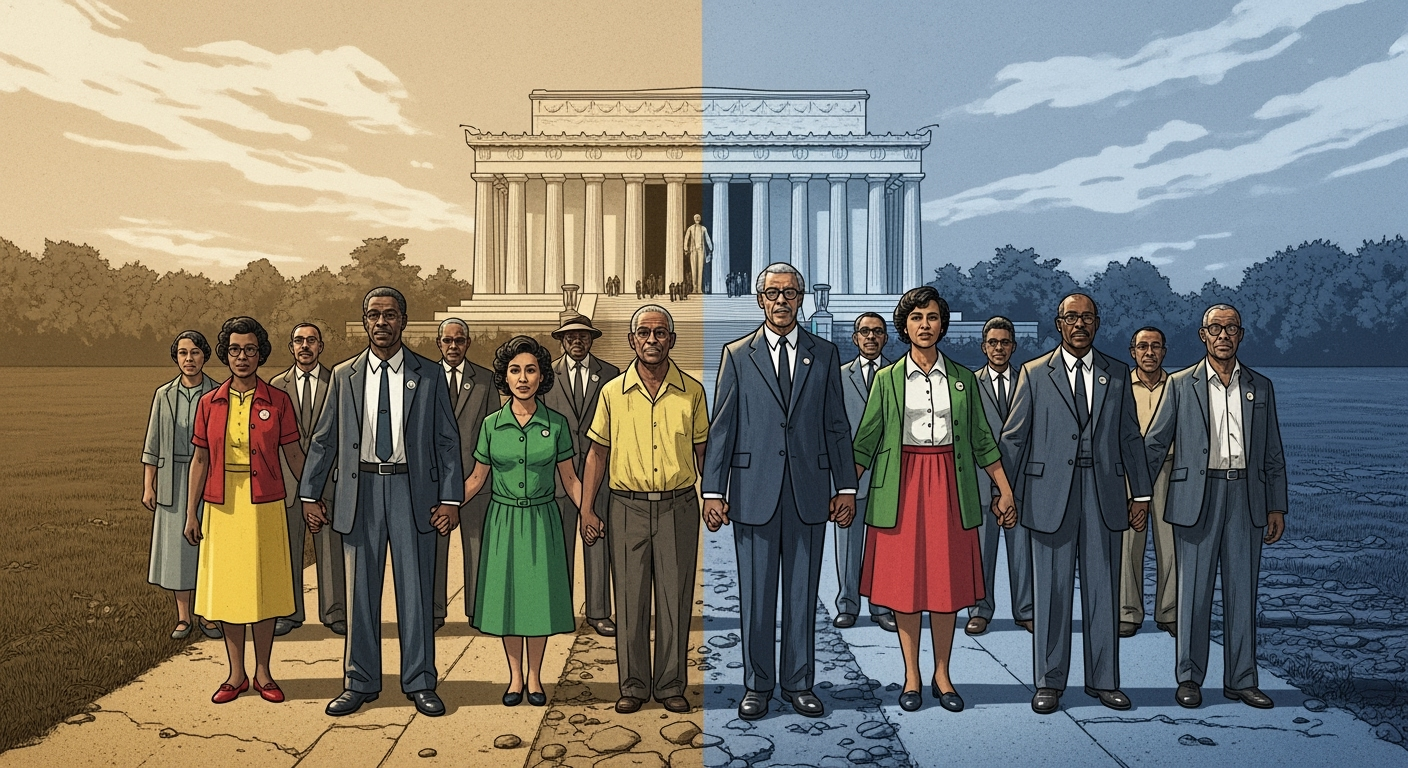
By the late 1960s, the movement had achieved monumental victories: dismantling Jim Crow laws, securing voting rights, and changing the cultural fabric of the United States. Yet challenges remained and still do. Poverty, systemic racism, and inequality persisted even after landmark legislation.
The assassination of Martin Luther King Jr. in 1968 marked both a tragedy and a turning point. But the movement’s achievements laid the groundwork for future struggles for equality, from women’s rights to LGBTQ+ rights, showing that grassroots activism could bend the arc of history.
Today, echoes of the Civil Rights Movement can be heard in ongoing debates about racial justice, police reform, and voting rights. The courage of those who marched, sat-in, and spoke out continues to inspire new generations.
More Than History
The Civil Rights Movement was not inevitable; it was the result of ordinary people doing extraordinary things. From students who risked arrest at lunch counters to mothers who sent their children into hostile schools, their collective courage reshaped America.
The monuments we build today, from the Martin Luther King Jr. Memorial to the Edmund Pettus Bridge, remind us that freedom is never free. It is fought for, won, and defended, often at great cost. The story of the Civil Rights Movement is not just a history lesson. It is a call to action that urges each generation to confront injustice and carry the torch of equality forward.
HistoryReveal is your guide to understanding the past in ways that connect to the present. From ancient empires to modern movements, we bring history to life, one story at a time.
Disclaimer
This article is for educational and informational purposes only. While HistoryReveal.com strives for accuracy, historical interpretation may vary, and readers are encouraged to consult additional sources for deeper study.